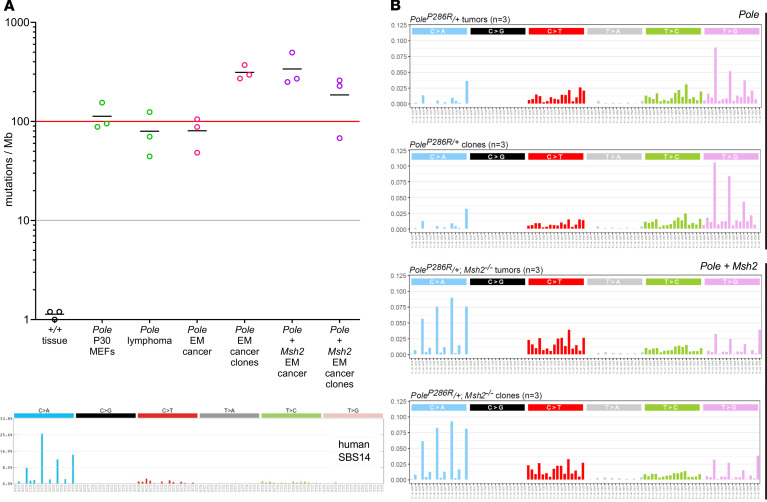Figure 4. PoleP286R cancers have very high base substitution rates and specific mutational signatures, per WGS.
(A) Samples (n = 3 from different mice) include control (+/+) tissue, PoleP286R/+ mouse embryo fibroblasts at passage (P) 30 (22), T cell lymphomas from PoleP286R/+ global knockin mice (22), endometrial cancers (EM), or cell lines derived from single-cell clones. Gray and red lines correspond to human hypermutant and ultramutant thresholds. (B) Trinucleotide signatures for PoleP286R/+ tumors and cloned cell lines; each graph is derived from n = 3 independent samples, with the published SBS14 human signature for POLE + dMMR cancers shown for comparison (20).

